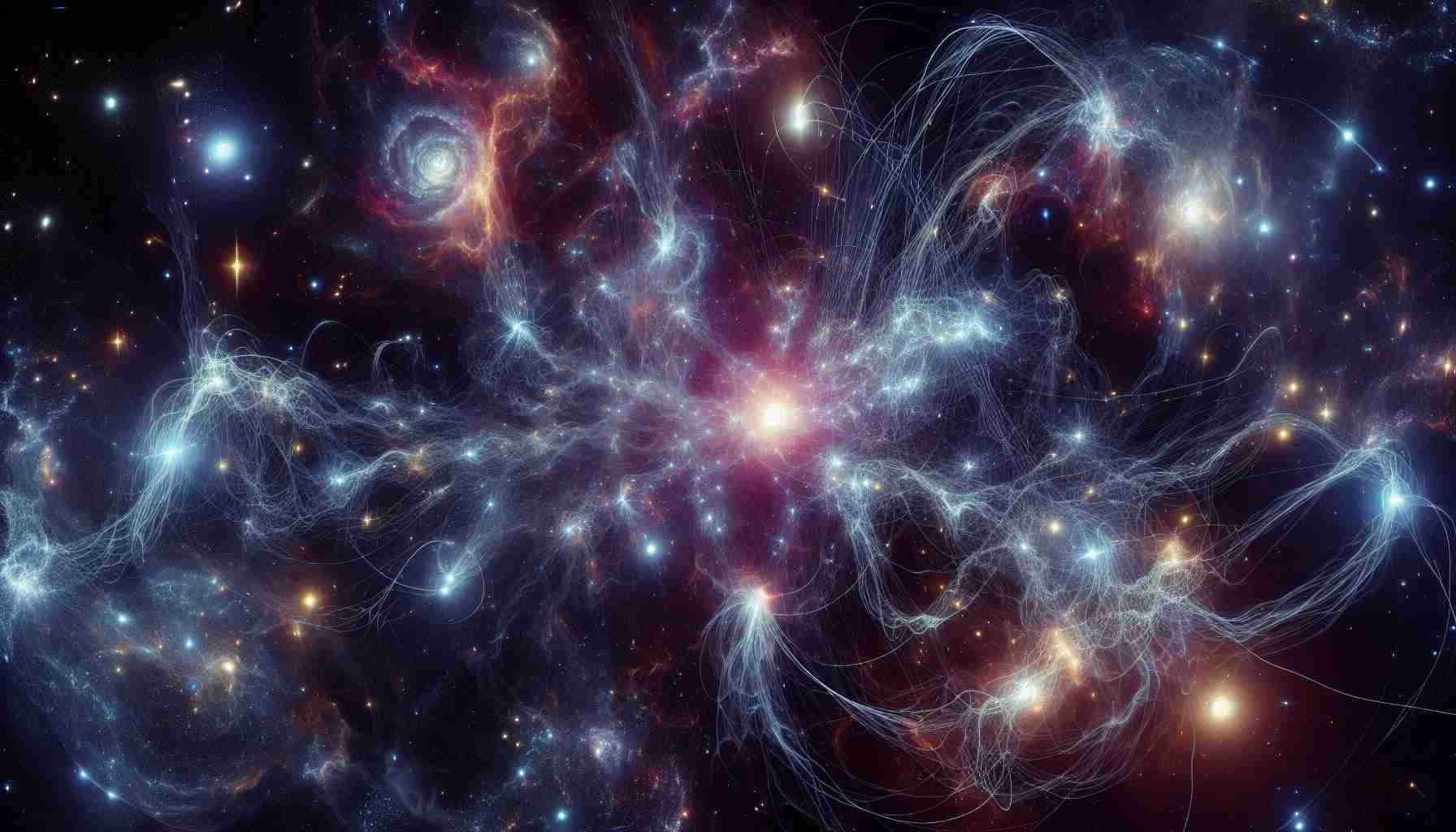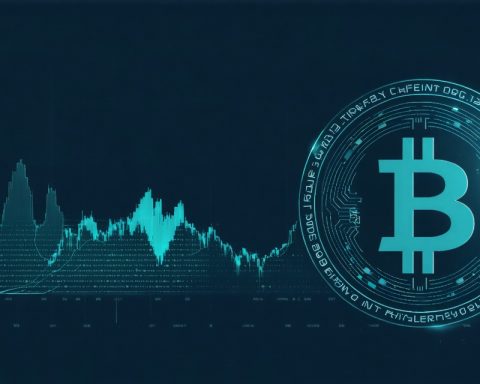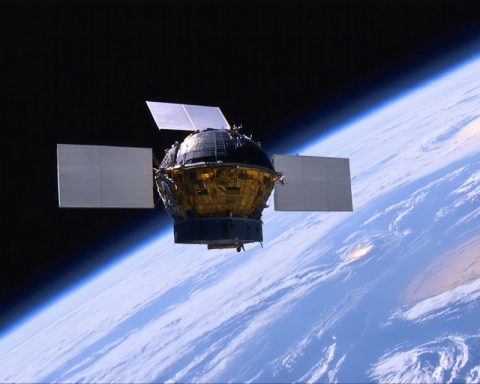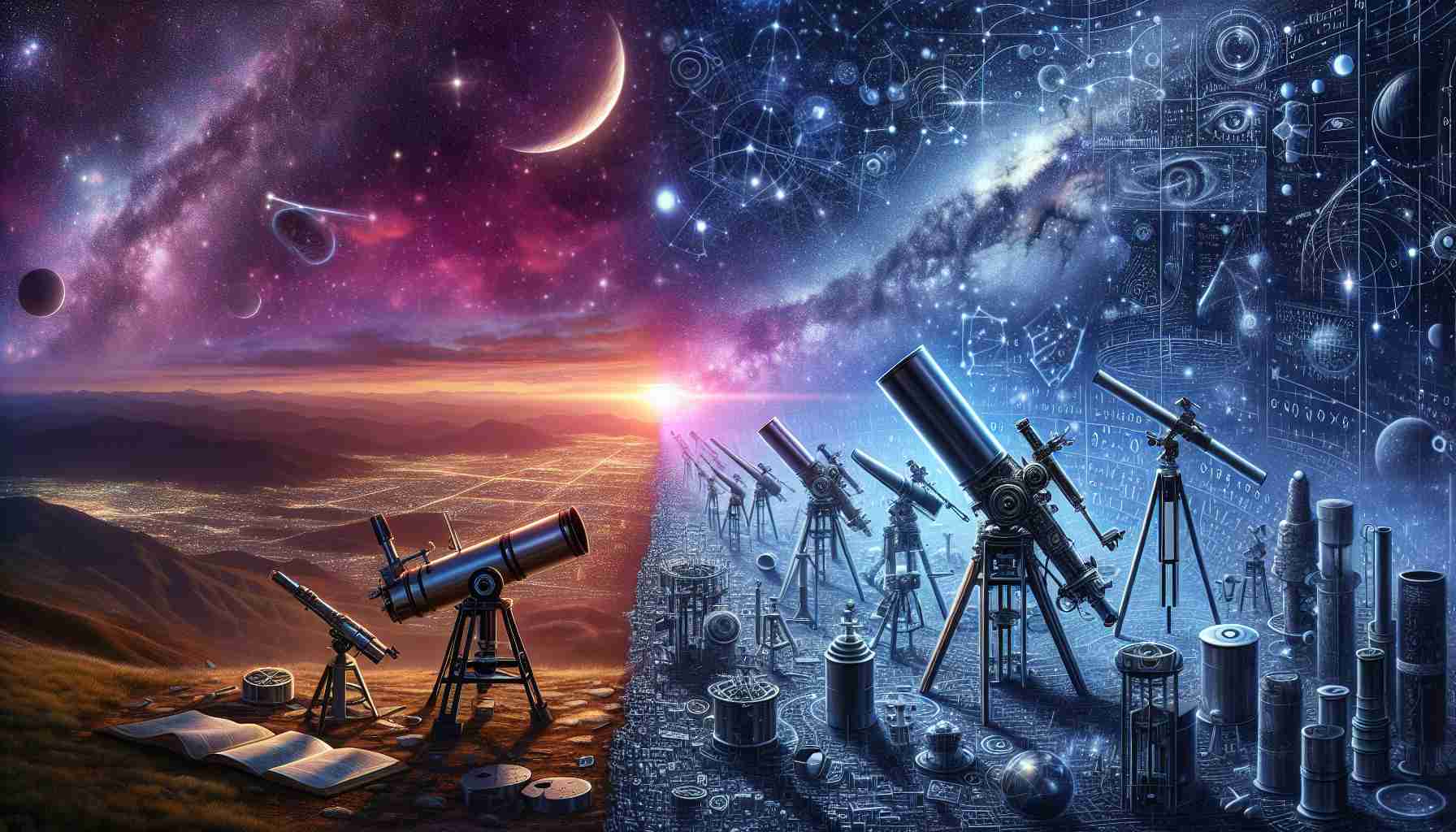The universe’s beginning was nothing less than a spectacular explosion that created space and time itself—an event known as the Big Bang. In the instant after this colossal occurrence, the universe underwent significant transformations that may have given rise to fascinating theoretical constructs known as cosmic strings.
These cosmic strings, theorized in the 1970s, are believed to emerge from dramatic shifts in symmetry during the universe’s formation. Theoretical physicists like Tom W. B. Kibble contributed greatly to the idea that as the universe cooled post-Big Bang, it could have formed these one-dimensional structures along with defects in spacetime.
Building on this foundation, researchers in the 1980s began to explore the impact of cosmic strings on galaxy formation, while others connected them to superstring theory, merging realms of particle physics and cosmology. Despite a lull in interest due to new theories, cosmic strings have recently regained attention due to their potential role in producing gravitational waves.
Recent research spotted intriguing candidates for cosmic strings, particularly in the CSc-1 field. Scientists have observed two celestial bodies—once thought to be separate—as possibly linked through a cosmic string’s gravitational lensing effect. While the findings offer enticing clues, they also bring uncertainty as the existence of cosmic strings remains unproven.
Continued investigations using advanced telescopes may one day illuminate these elusive remnants of the universe’s infancy, further expanding our understanding of the cosmos.
Unlocking the Secrets of Cosmic Strings: The Universe’s Hidden Threads
The Nature of Cosmic Strings
Cosmic strings are hypothetical one-dimensional defects in the fabric of spacetime that are theorized to have formed shortly after the Big Bang. These intriguing structures arise from phase transitions in the early universe, akin to defects in a crystalline solid. Their existence is rooted in the principles of both cosmology and theoretical physics, suggesting they might play a significant role in the evolution of the universe.
Features and Characteristics
1. One-Dimensional Structures: Cosmic strings are not like familiar celestial objects; instead, they are considered one-dimensional, akin to a line of energy in a higher-dimensional space.
2. Gravitational Lensing: Due to their immense mass and energy, cosmic strings could cause noticeable effects on nearby light. This phenomenon, known as gravitational lensing, could lead to observable distortions in the light from distant galaxies.
3. Potential Link with Gravitational Waves: New studies suggest that cosmic strings could produce gravitational waves—ripples in spacetime—when they oscillate or collide. This connection has ignited renewed interest in their existence and implications for cosmology.
Recent Research and Discoveries
Recent observations, particularly in fields like astrophysics and cosmology, have identified potential candidates for cosmic strings. Researchers have focused on anomalies in galaxy clustering and light patterns that suggest the influence of these structures. For example, the CSc-1 field has emerged as a prime area for investigating the gravitational lensing effects that hint at the presence of cosmic strings.
Pros and Cons of Cosmic String Research
Pros:
– Insight into the Early Universe: Studying cosmic strings could provide invaluable information about the conditions of the universe shortly after the Big Bang.
– Connections to Advanced Theories: They may bridge concepts in quantum physics, offering a way to explore theories like superstring theory, which aims to unify the fundamental forces of nature.
Cons:
– Existence Not Yet Proven: Despite intriguing evidence, cosmic strings remain purely theoretical, and observational validation is still needed.
– Complexity of Detection: Identifying cosmic strings involves significant challenges due to the subtle effects they could produce relative to other cosmic phenomena.
Use Cases and Implications
If cosmic strings exist, their study could enhance our understanding of several areas in physics:
– Cosmology: They could illuminate the dynamics of the universe’s early moments, addressing fundamental questions about its structure and evolution.
– Astrophysics: Observations of cosmic strings could provide new insights into dark matter and the formation of galaxies.
– Quantum Physics: Connecting cosmic strings to string theory might pave the way for breakthroughs in our understanding of quantum mechanics and gravity.
Limitations and Challenges
– Lack of Direct Evidence: While theories abound, tangible proof of cosmic strings has yet to be observed, complicating scientific consensus on their existence.
– Technological Constraints: Advanced detection methods and technologies are required to study cosmic strings effectively, which may limit current explorations.
Insights and Future Trends
As telescopes and observational techniques advance, the hunt for cosmic strings is likely to become more innovative. Upcoming missions, such as the James Webb Space Telescope, are expected to provide deeper insights into the structure of the universe, potentially identifying cosmic strings or the effects they have on surrounding cosmic bodies.
Conclusion
The pursuit of understanding cosmic strings is not merely a scientific curiosity; it is a quest that could unlock many secrets of the universe. As researchers continue to probe the cosmos, the prospect of uncovering these elusive threads remains an enticing frontier in modern physics.
For more information on cosmic phenomena and theoretical physics, visit NASA or European Space Agency.



















